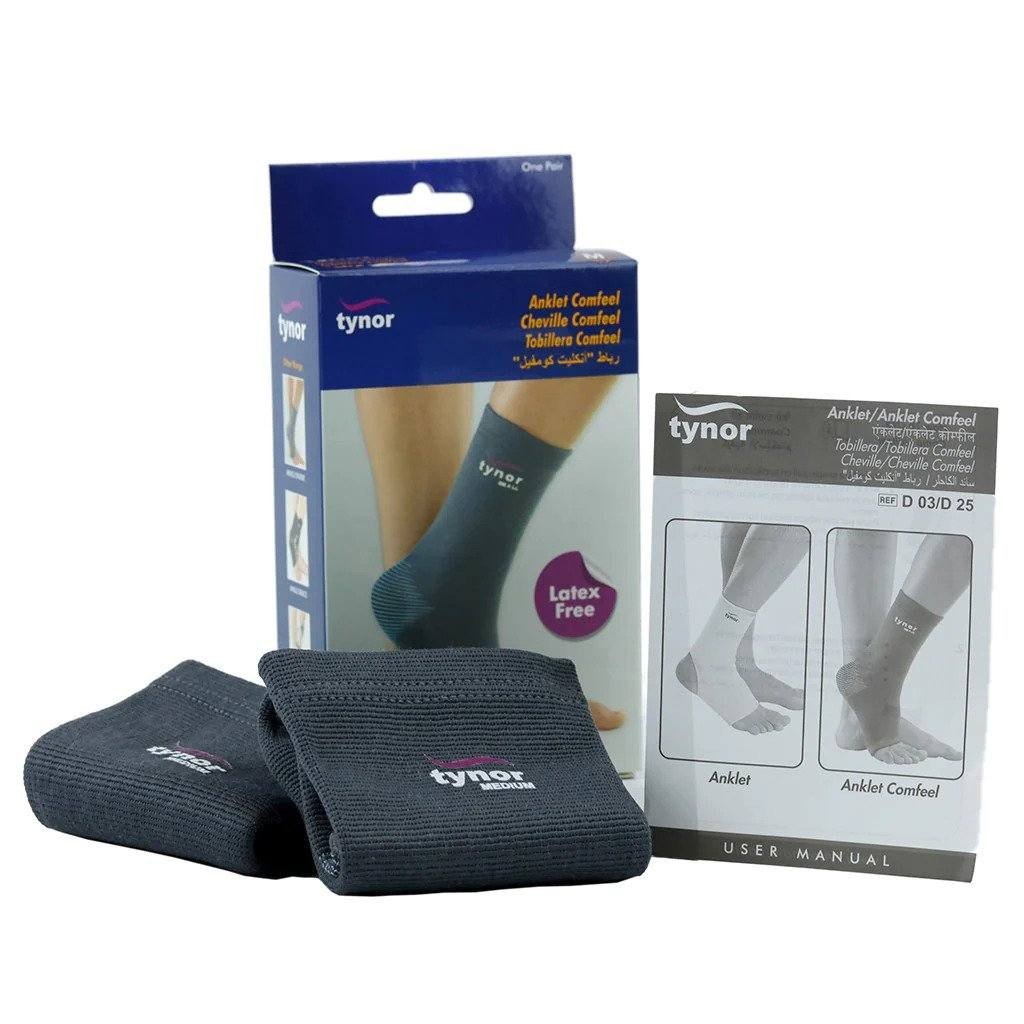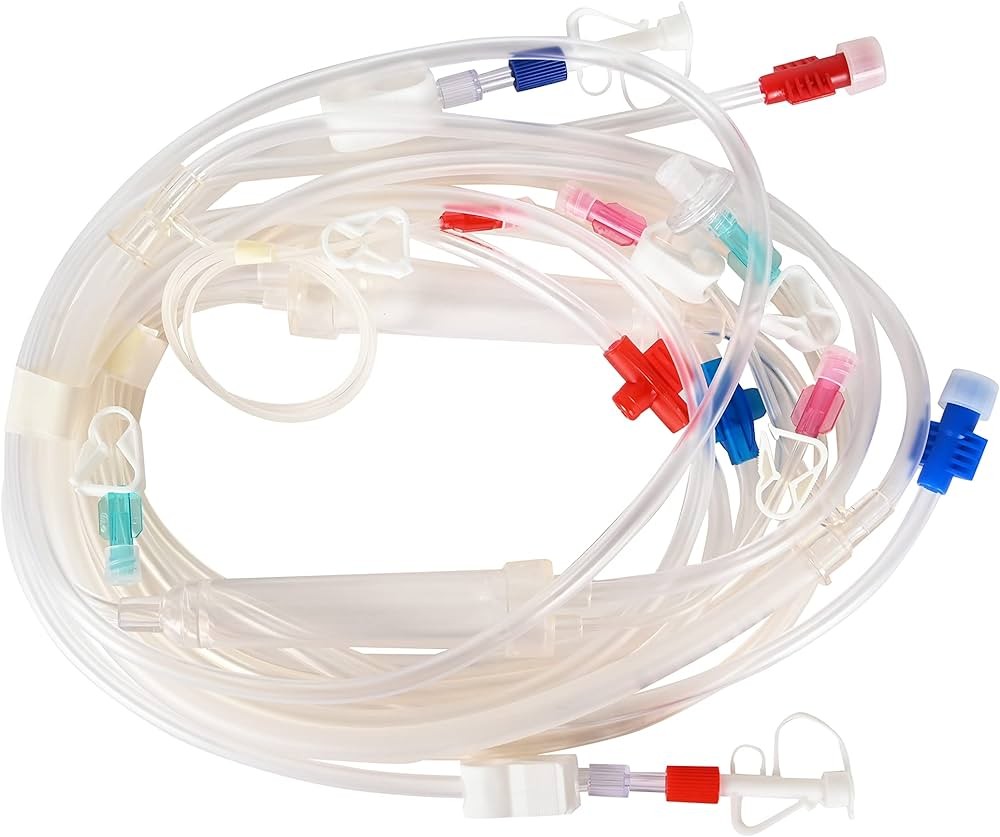





Knee Immobilizer tynor (D11) uni
ফোনে অর্ডার করার জন্য কল করুন
-
৳1,580.00
-
৳1,500.00
৳2,000.00 -
৳2,800.00
৳3,500.00 -
৳720.00
৳800.00 -
৳233.75
৳275.00 -
৳937.50
৳1,250.00 -
৳400.00
৳500.00 -
৳1,360.00
৳1,700.00 -
৳1,600.00
৳2,000.00 -
৳530.00
৳550.00
-
৳540.00
-
৳11.00
৳13.00 -
৳700.00
৳1,000.00
A knee immobilizer is a type of medical device used to restrict movement of the knee joint entirely. It's commonly prescribed after certain types of knee injuries or surgeries to promote healing and prevent further damage. Here's how it works:
Immobilization: As the name suggests, the primary function of a knee immobilizer is to immobilize the knee joint completely. This means it restricts movement in all directions: bending (flexion), straightening (extension), and sideways movements (rotation and abduction/adduction). By keeping the knee in a fixed position, the immobilizer prevents potentially harmful movements that could exacerbate an injury or hinder the healing process.
Stabilization: Knee immobilizers also provide stability to the knee joint. By keeping the knee in a stable position, they help reduce pain and prevent further injury. This stability is particularly important during the early stages of recovery from knee surgery or trauma when the knee is most vulnerable.
Protection: Knee immobilizers offer protection to the knee joint by preventing accidental movements or impacts that could cause further damage. They provide a cushioning layer around the knee, shielding it from external forces and reducing the risk of re-injury.
Compression: Some knee immobilizers may also provide compression to the knee joint and surrounding tissues. Compression helps reduce swelling, improve blood circulation, and alleviate pain, promoting faster healing.
Postoperative Support: Knee immobilizers are commonly used after certain types of knee surgeries, such as ACL reconstruction or meniscus repair. They help maintain the surgical repair in the correct position and protect it during the initial healing phase.
Overall, a knee immobilizer works by effectively restricting movement, providing stability, protecting the knee joint, and promoting healing after injury or surgery. It's essential to follow your healthcare provider's instructions regarding the proper use and duration of wearing the immobilizer to ensure optimal recovery. Additionally, rehabilitation exercises and physical therapy are often prescribed alongside the use of a knee immobilizer to regain strength, flexibility, and function in the knee join
Related products
Elastic Knee Support Tynor (D08)
Functional Knee Support tynor (D09)
R O M Knee brace tynor (D10) uni
Thigh Support Tynor (D14)
Pattelar Support tynor d19
Ankle Brace Tynor (D-02)
Ankle Tynor (D-03)
Foot Drop Splint tynor (D-17)
Foot Raiser tynor (D-24) Un
Anklet Comfeel Tynor (D-25)
-
৳540.00
-
৳11.00
৳13.00 -
৳700.00
৳1,000.00


















